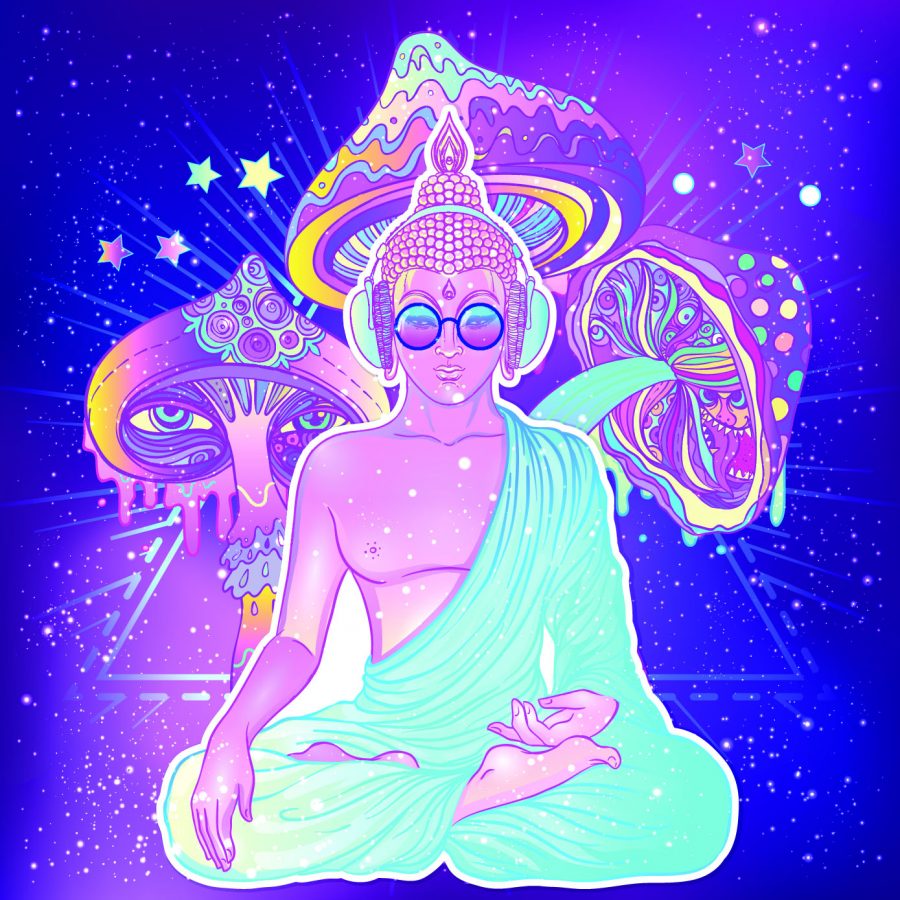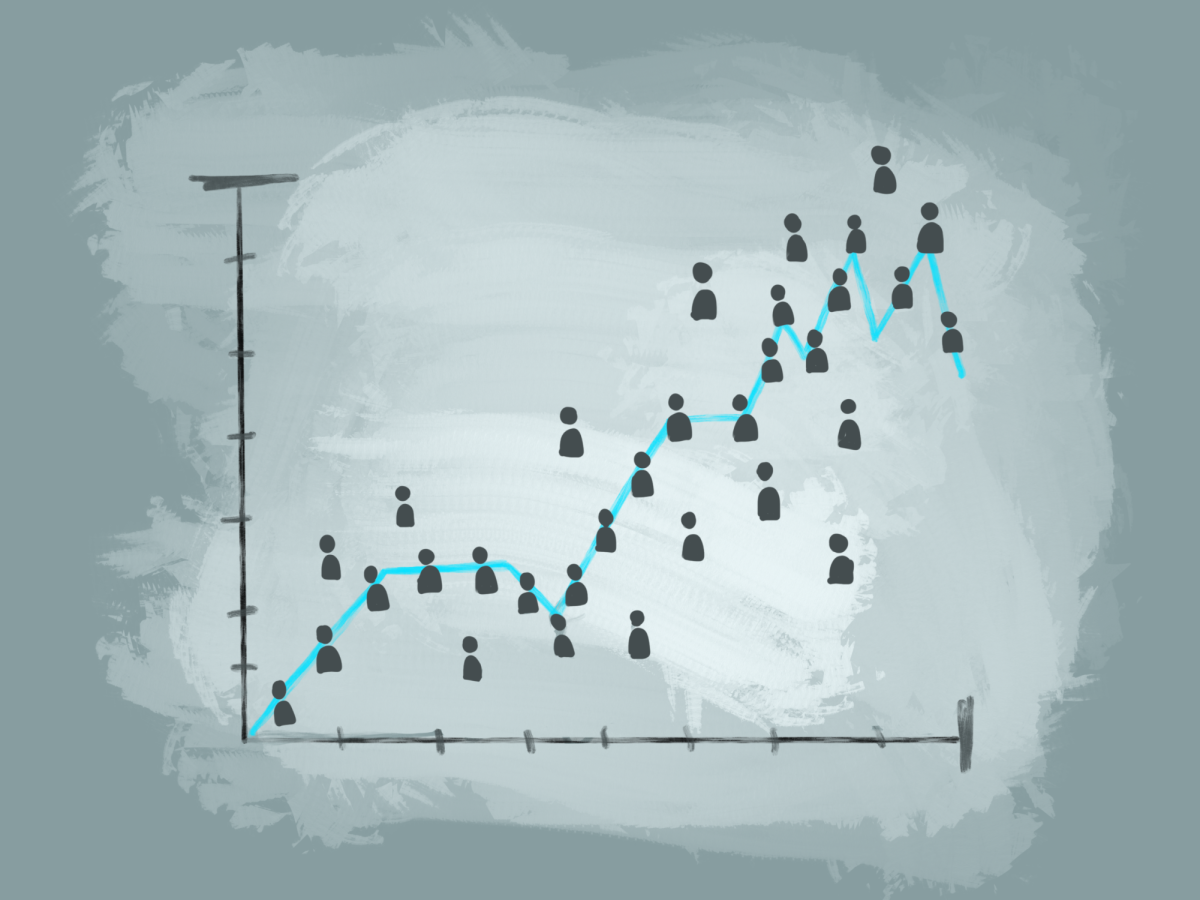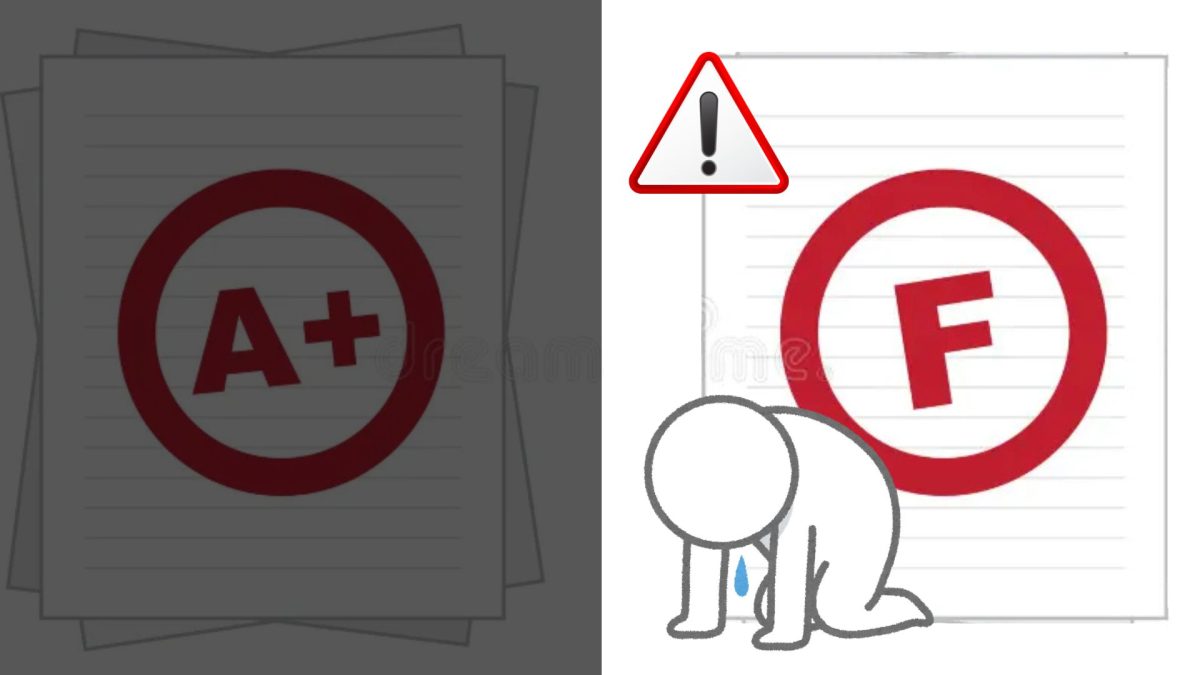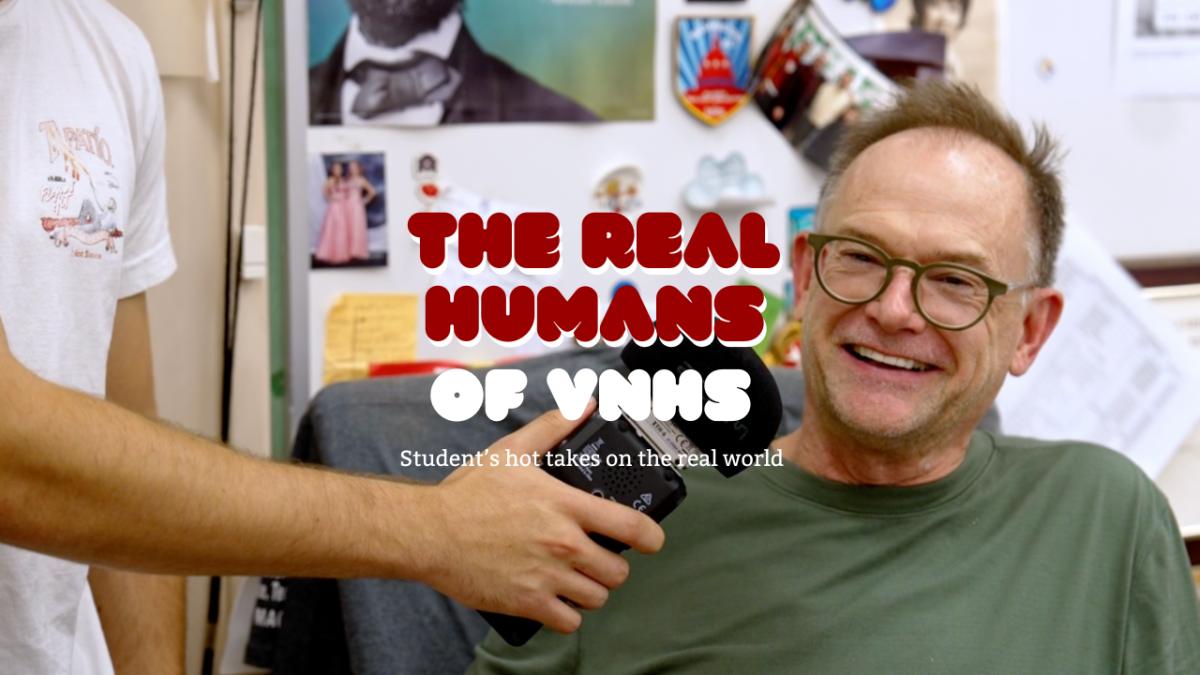The Psychedelic Renaissance
Will society change its perspective about the use of psychedelics in the near future?
Mar 11, 2019
A psychedelic renaissance has begun in the West in treating mental and psychological illness–after an almost 40-year moratorium on its study.
Psychedelics are drugs that are used to heal one’s mental and emotional health. These drugs work by bringing one’s consciousness back to that of a child while also connecting disparate regions of the brain together. This allows the user to experience a “death” of the self by bringing emotions and repressed feelings to the surface.
Though psychedelics are popular for their recreational use, they are not addictive, nor are they toxic in carefully controlled doses.
Used by indigenous tribes for centuries, their discovery in the 1900s by the modernized world is on par with splitting the atom and gene-editing, launching modern neuroscience and revolutionizing the treatment of mental illness.
Many psychedelics were deemed illegal in the U.S. in the 1970s due to false, overblown claims of the harms and terrors of LSD, considering how the drug was rapidly distributed among the public.
However, psychedelic drug research in treating mental illness is slowly occurring after a 40-year moratorium on their study by leading psychologists, biologists, doctors and pharmacists around the world.
A 2016 study from New York University showed a rapid, continuous reduction in anxiety and depression in patients with life-threatening cancer after only a single dose of psilocybin. This hallucinogenic drug has also been used in treating alcoholism and smoking addictions with success rates much larger than trials for antidepressant drugs.
Similar drugs, including MDMA and Ibogaine, were shown to relieve depression, symptoms of bipolar disorder and suicidal thoughts, as well as help treat opiate addiction.
In 2018, the FDA approved the Phase Three Clinical Trials of MDMA-Assisted Psychotherapy PTSD of the Multidisciplinary Association for Psychedelic Studies (MAPS), the final stage in making a drug a medicine.
The effects of all these drugs last not just months, but years after only a few treatment sessions.
These clinical studies follow in the footsteps of a huge wave of research carried out in the 1950s to late 1960s, when the drugs were first utilized by science and medicine.
The 1960s and 1970s witnessed a blossoming of psychedelic culture that influenced not only art, music and society but also psychiatry and biology.
Synthesized in 1938 by Albert Hoffman, lysergic acid diethylamide (LSD) is a symbol of the counterculture movement of the ‘60s. Before it entered the mainstream, the psychedelic drug catalyzed the beginning of neuroscience.
LSD was able to bring change in behavior by using the newly discovered serotonin pathway in the brain, implying that any imbalance in chemicals in the body can do the same. This synthesized chemical led to the development of antidepressant and antipsychotic drugs that shift brain chemical balances, completely changing the face of psychiatry.
However, the 1970 Controlled Substances Act classified LSD as a Schedule One drug—along with marijuana, ecstasy and heroin—completely stopping any research that was in progress. This was partly due to LSD’s misrepresentation in the media and poorly managed clinical trials.
In 1960, a sleeping pill caused limb defects in thousands of babies worldwide. The ensuing thalidomide crisis alongside a paper published by Dr. Sidney Cohen raised suspicion of the drugs.
Psychiatric Professor Rick Strassman pressured the FDA to research Dimethyltryptamine (DMT), a drug that may cause schizophrenia.
Decades passed before the FDA approved another psychedelic drug study. After the ban was lifted in 1990, researchers began psychedelic research in Los Angeles, San Francisco and Johns Hopkins University.
Today, an increasing number of people across the U.S. are seeking transcendental experiences through ayahuasca, a plant medicine from the Peruvian Amazon in South America, indicating a trend of greater awareness and acceptance of psychedelics.
To prevent another moratorium, it is important to realize that in indigenous cultures, psychedelics are a privilege—a sacred ritual guided by an experienced, trusted shaman under special conditions only, not a recreational substance.
In this increasingly disconnected era of technology, it is with this mindset that society should approach psychedelics—with caution, necessity and an open mind for spiritual guidance and reconnection.
To learn more about psychedelics, check out How to Change Your Mind by Michael Pollan.







